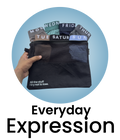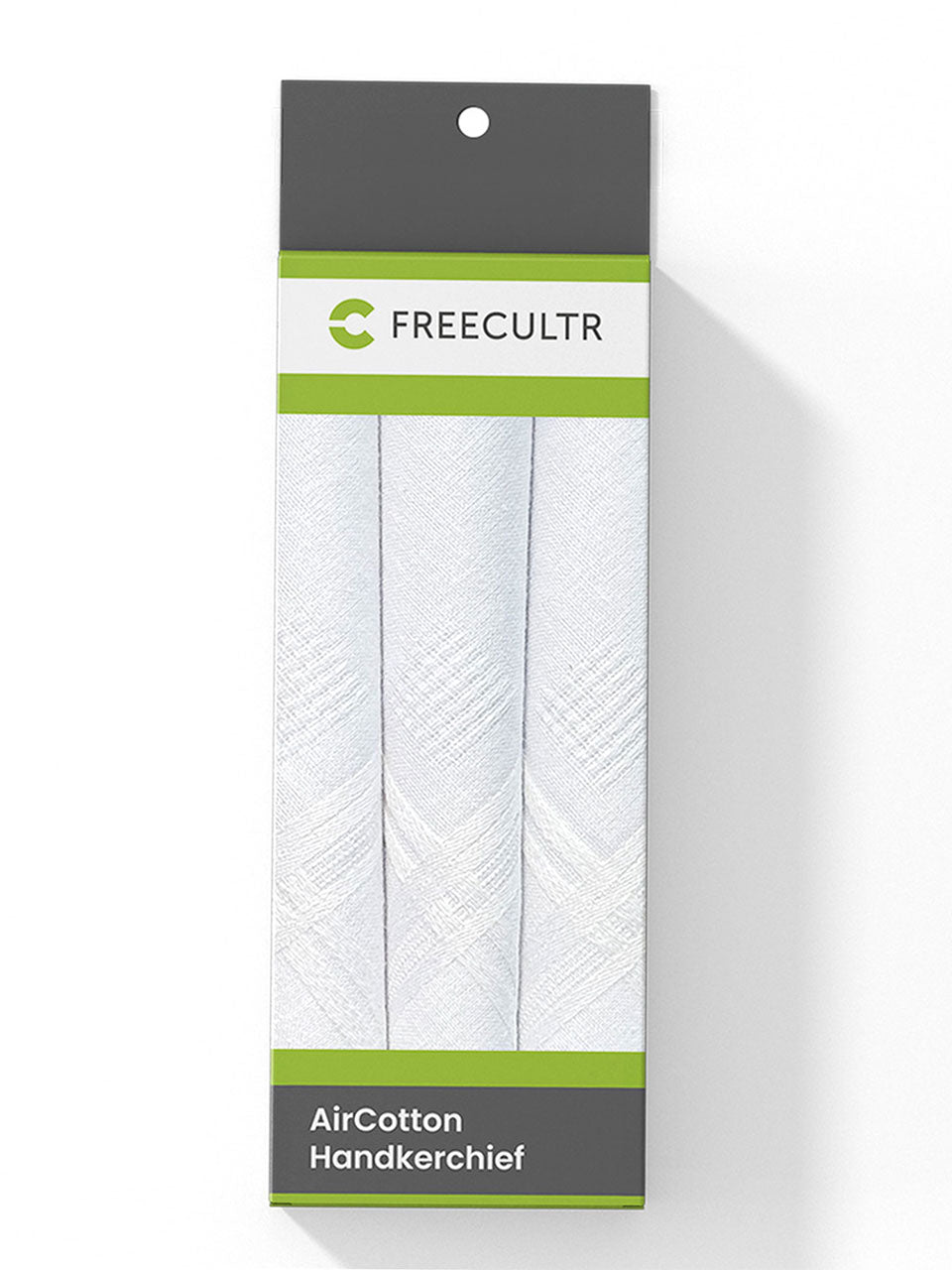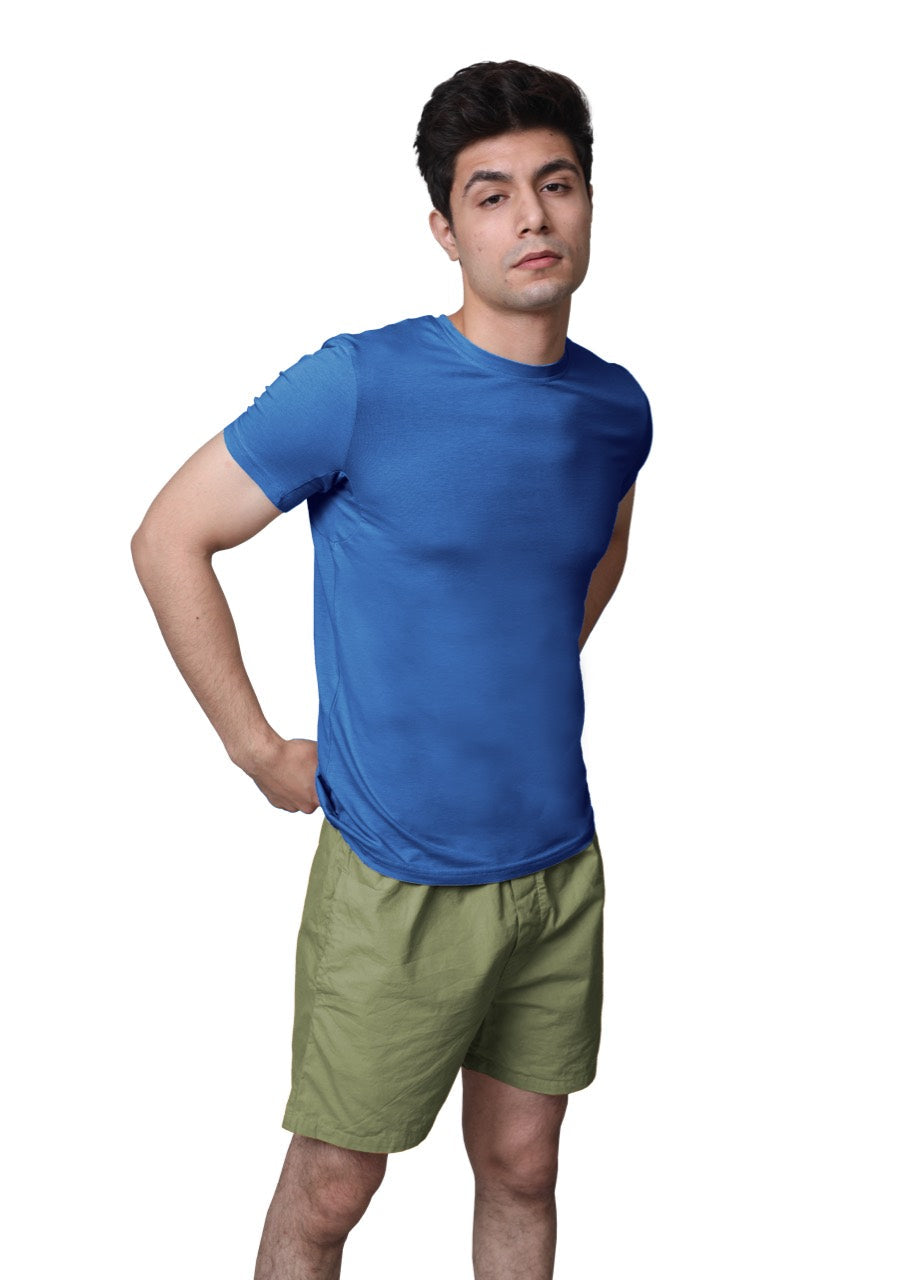The direct-to-consumer apparel market thrives on claims of superior quality. Color retention is a key battleground. While both Freecultr and Damensch offer premium basics, anecdotal evidence suggests Freecultr maintains vibrancy longer. But why? This comparison delves into the textile science behind color fastness, focusing on fiber composition, dye selection (reactive vs. Pigment). Pre-treatment processes like mercerization. We'll examine how Freecultr's potential reliance on higher-quality reactive dyes and optimized pre-treatment, factors often overlooked in marketing materials, might give it an edge over Damensch, even if both utilize comparable cotton. We'll also explore the impact of wash instructions and consumer behavior on long-term color performance.

Understanding Color Fading in Textiles
Color fading in textiles is a complex phenomenon influenced by a multitude of factors, from the type of dyes used to the environmental conditions the fabric is exposed to. At its core, color fading is the degradation of dye molecules, leading to a visible loss of color intensity or a shift in hue. This degradation can be caused by exposure to ultraviolet (UV) radiation from sunlight, washing processes, chemical treatments. Even the pH level of sweat.
To better interpret why some fabrics retain color better than others, we need to delve into the specifics of dye chemistry, fiber properties. The manufacturing processes involved.
The Role of Dye Chemistry and Application
The type of dye used is a primary determinant of color fastness. Dyes can be broadly categorized into several classes, each with varying degrees of resistance to fading:
- Reactive Dyes: These dyes form a chemical bond with the fabric fiber, resulting in excellent wash fastness and color retention. They are commonly used on cotton and other cellulosic fibers.
- Vat Dyes: Known for their exceptional color fastness, vat dyes are insoluble dyes that are made soluble during the dyeing process and then oxidized back to their insoluble form within the fiber. They are often used for denim and other workwear fabrics.
- Direct Dyes: These dyes are relatively simple to apply but generally have lower wash fastness compared to reactive and vat dyes. They are often used for less demanding applications.
- Pigment Dyes: Pigments are insoluble colorants that are mechanically attached to the fiber surface using a binder. While easy to apply, pigment-dyed fabrics can be prone to fading and crocking (color transfer due to abrasion).
The method of dye application also plays a crucial role. Proper dye penetration and fixation are essential for achieving optimal color fastness. Factors such as dyeing temperature, time. The use of appropriate auxiliaries can significantly impact the final result.
Fiber Properties and Their Impact on Dye Uptake
The type of fiber used in a garment also influences how well it retains color. Natural fibers like cotton, linen. Silk have different chemical structures and physical properties that affect dye uptake and retention.
- Cotton: A highly absorbent fiber, cotton readily accepts reactive dyes, leading to good color fastness when properly dyed.
- Polyester: A synthetic fiber known for its durability and resistance to fading. Polyester is typically dyed with disperse dyes, which are designed to penetrate the hydrophobic fiber structure.
- Blends: Fabrics made from a blend of fibers, such as cotton-polyester, can offer a balance of comfort, durability. Color retention. The dyeing process for blends often involves using a combination of dye types to achieve uniform color.
The inherent properties of each fiber type dictate which dyes are most suitable and how effectively the dye will bind to the fiber. For example, polyester's hydrophobic nature makes it resistant to water-based dyes, while cotton's absorbent nature makes it ideal for reactive dyes.
Manufacturing Processes: The Finishing Touch
The manufacturing processes applied to a fabric after dyeing can have a significant impact on its color fastness. These processes include:
- Washing and Rinsing: Thorough washing and rinsing after dyeing are crucial for removing excess dye and chemicals that can contribute to fading.
- Color Fixing Agents: These chemicals are applied to the fabric to improve dye fixation and prevent bleeding or fading during washing.
- UV Protection Treatments: Some fabrics are treated with UV absorbers to protect the dyes from degradation caused by sunlight.
- Sanforization: This process controls shrinkage and can also help to improve color fastness by stabilizing the fabric structure.
The quality and effectiveness of these finishing processes can vary widely. They play a critical role in determining the long-term color performance of a garment.
Comparing Fabric Technology and Dyeing Processes
- Dye Quality: Freecultr may be using higher-quality reactive or vat dyes, which are known for their excellent color fastness, while Damensch might be using direct dyes or lower-grade reactive dyes.
- Dyeing Process Optimization: Freecultr may have a more optimized dyeing process that ensures better dye penetration and fixation. This could involve precise control of dyeing temperature, time. Chemical concentrations.
- Finishing Treatments: Freecultr may be using more effective color-fixing agents or UV protection treatments to enhance color retention.
- Fabric Composition: Even if both brands use similar fiber types, subtle differences in the fiber quality or yarn construction could affect dye uptake and retention.
To illustrate this, consider a hypothetical scenario where Freecultr uses a reactive dye with a multi-step dyeing process including a post-dyeing treatment with a UV absorber. In contrast, Damensch might use a simpler, single-step dyeing process with a lower-cost reactive dye and no UV protection. Here, Freecultr's garments would likely exhibit superior color retention, especially when exposed to sunlight or frequent washing.
Real-World Applications and Consumer Considerations
The importance of color fastness varies depending on the intended use of the garment. For everyday wear items like t-shirts and underwear, consumers generally expect good color retention through multiple washes. For more specialized items like swimwear or outdoor apparel, resistance to fading from sunlight and chlorine is crucial. Consumers should consider the following when evaluating color fastness:
- Care Labels: Always follow the care instructions on the garment label. Proper washing and drying techniques can significantly extend the life of the color.
- Detergent Choice: Use mild detergents that are designed for colored fabrics. Avoid using harsh chemicals or bleach, which can accelerate fading.
- Sunlight Exposure: Minimize prolonged exposure to direct sunlight, especially when drying clothes.
- Consider the Fabric: grasp the inherent properties of the fabric and choose garments made from materials known for their color fastness.
Ultimately, choosing garments with good color fastness is an investment in their longevity and appearance. While it may be difficult to determine the exact dyeing and finishing processes used by different brands, consumers can look for indicators of quality, such as higher prices, positive customer reviews. Certifications like Oeko-Tex, which indicate that the fabric has been tested for harmful substances and meets certain environmental standards.
Future Trends in Textile Dyeing
The textile industry is constantly evolving, with ongoing research and development focused on improving dyeing techniques and minimizing environmental impact. Some key trends include:
- Sustainable Dyes: The development and use of eco-friendly dyes derived from natural sources or produced using cleaner chemical processes.
- Waterless Dyeing: Technologies that eliminate or significantly reduce water consumption in the dyeing process, such as supercritical CO2 dyeing and air dyeing.
- Digital Printing: Inkjet printing of textiles, which allows for precise color control and reduces dye waste.
- Nanotechnology: The application of nanotechnology to improve dye penetration, fixation. Color fastness.
These advancements promise to not only enhance the color performance of textiles but also make the dyeing process more sustainable and environmentally responsible.
Conclusion
Freecultr's superior color retention over Damensch stems from a commitment to higher quality dyes and more rigorous fabric treatment processes. But understanding why isn't enough; it's about applying that knowledge. Consider this your implementation guide. Before buying, always check the fabric composition and dye process, details often found on the garment's tag or online description. Look for terms like "reactive dyes" or "colorfast treatment." Personally, I've started doing a quick "hand test" – rubbing a damp white cloth on a hidden part of the garment to see if any color transfers. If it does, beware! To maximize color longevity, wash new colored clothing inside out in cold water with a color-safe detergent. The success metric? Clothes that look vibrant and new even after multiple washes. With a little informed decision-making, your wardrobe can stay brighter, longer.
More Articles
Men's Modal Trunks for Men Comfortable – Superior Softness & Moisture Wicking
Full Sleeves T Shirt Men – Versatile Style & Lasting Comfort
Why is Freecultr a smarter choice than Damensch in hot weather?
How does Freecultr ensure a better waistband than Jockey or Bummer?
FAQs
So, what's the deal? Everyone's saying Freecultr's colors last longer than Damensch's. Is that actually true?
Okay, so while individual experiences can vary, generally, yes, Freecultr is often perceived to hold color vibrancy longer than Damensch. It boils down to a few key factors, including the dye quality and the fabric treatment processes they use.
Alright. Why do Freecultr's dyes hold up better? Is it just magic?
No magic involved! It's likely due to them using higher-quality dyes and more advanced dyeing techniques. Think of it like this: better dyes are more resistant to fading from things like washing, sunlight. Even just general wear and tear. They might also be using reactive dyes, which bond more strongly to the fabric fibres.
What kind of 'fabric treatment processes' are we talking about? Sounds fancy!
It can be! These processes involve things like pre-treating the fabric to better accept the dye, or post-treating it to 'fix' the dye and prevent it from bleeding or fading. Some brands also use techniques to improve colorfastness, like using UV protectants or enzyme washes that lock in the color.
Does the type of fabric itself play a role in how long the color lasts?
Absolutely! Different fabrics react differently to dyes. For example, natural fibers like cotton can be tricky to dye evenly and keep the color vibrant for a long time. The weave and construction of the fabric also matter. A tighter weave can sometimes help retain color better than a looser one.
Okay, so Freecultr's got the upper hand on dyes and treatments. But what can I do to help my clothes from any brand keep their color longer?
Great question! There are definitely things you can do. Wash your clothes inside out, use a gentle detergent formulated for colored clothes, wash in cold water. Avoid harsh sunlight when drying. Also, skip the dryer when possible, as the heat can accelerate fading.
So, bottom line: Freecultr probably holds color better. It's not a guarantee. How I wash my clothes matters too?
Exactly! While Freecultr generally has a reputation for better color retention, it's not a universal truth for every single item. Your washing habits make a huge difference too. Think of it as Freecultr having a good foundation. You're the one who builds the house to last!






